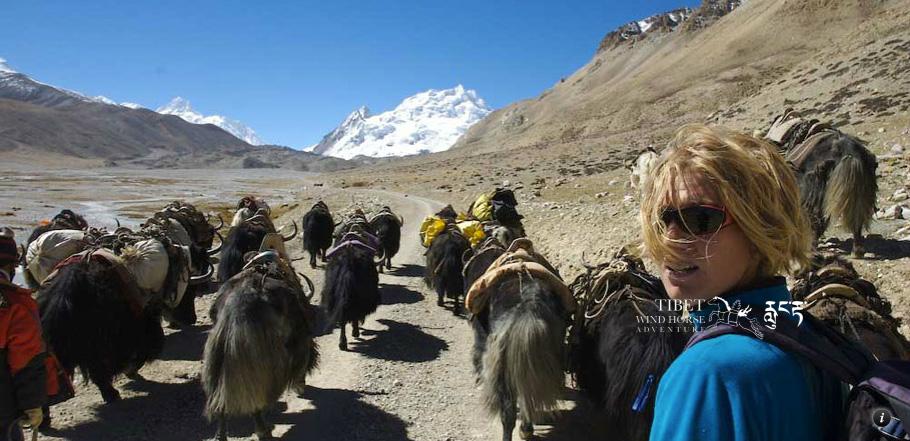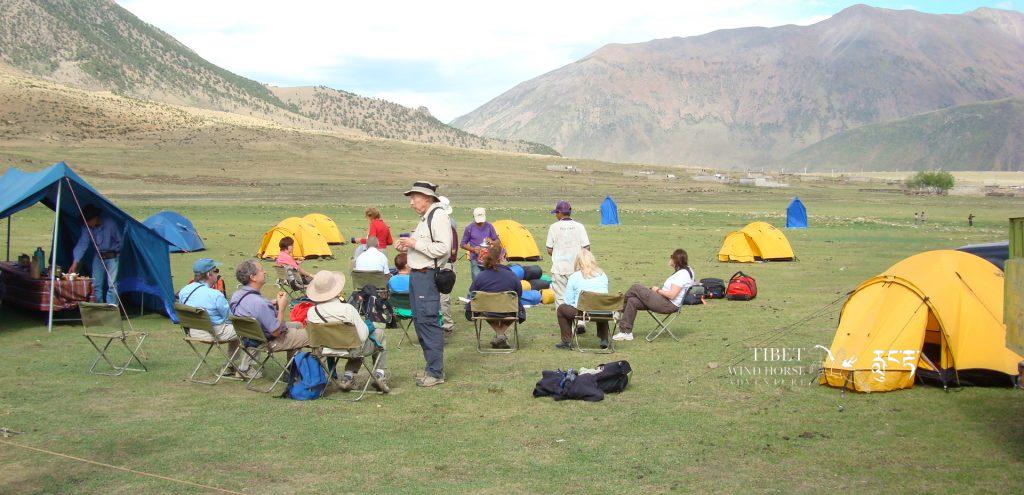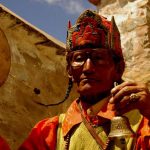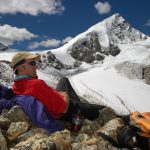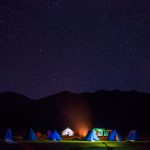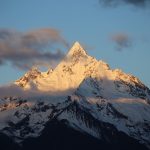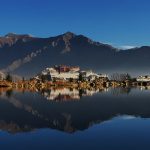Coming soon…!
Kailash Circuit
After the usual time in Lhasa and the direct road to Shigatse we start west to the Chang Tang. This route goes through the vast and high grasslands where only nomads wander the empty spaces between road stops. After a brief stop in Ngari, the only real town of western Tibet, we continue to the center of the ancient Guge Kingdom. The citadel city of Tsaparang and monastery at Tholing were abandoned to the winds centuries ago but the haunting ruins remain visible amongst the sandstone canyons.

From here we move to Kailash itself and complete the circumambulation in accordance to pilgrimage practice established through countless centuries. A final visit to the equally sacred Lake Manasarovar will complete this awe-inspiring trip to the farthest reaches of the Tibetan plateau and its history. As we follow the beginnings of the great Brhamaputra, or Tsangpo, downstream it will be clear that this is truly the journey of a lifetime.
Kangshung Face of Everest
The first three days in Lhasa and the drive through Gyantse and Shigatse is along the same schedule outlined in the first “Cultural Tours” options. We then drive deep into the Himalaya and the starting point of our trek in the Kharta valley. Our trek crosses the Shao-la into the uninhabited Kama valley, an ecological wonderland formed by the warm, moist air flowing up the Arun valley from Nepal and collecting in the glacial basins of the high Himalaya. We walk past alpine meadows, juniper and rhododendron forests, and mountain tarns to reach the outlet of the Kangshung glacier.
Here we walk beneath the soaring faces of Chomolonzo and Makalu into the lap of Chomolungma and Lhotse and make high camp in the meadows beside the glacier. With nothing but snow peaks towering above us while we relax in the idyllic meadow of Pethang Ringmo it is easy to imagine how this is the secret northern entrance to the fabled “Hidden Land” of Khembalung. This is an unforgettable location far from any road and nestled amongst the world’s highest peaks.
We return to our vehicles by another route over the Langma-la and enjoy a final camp before driving out via Tingri. We will be able to reach the Nepal border late afternoon of the 20th day.
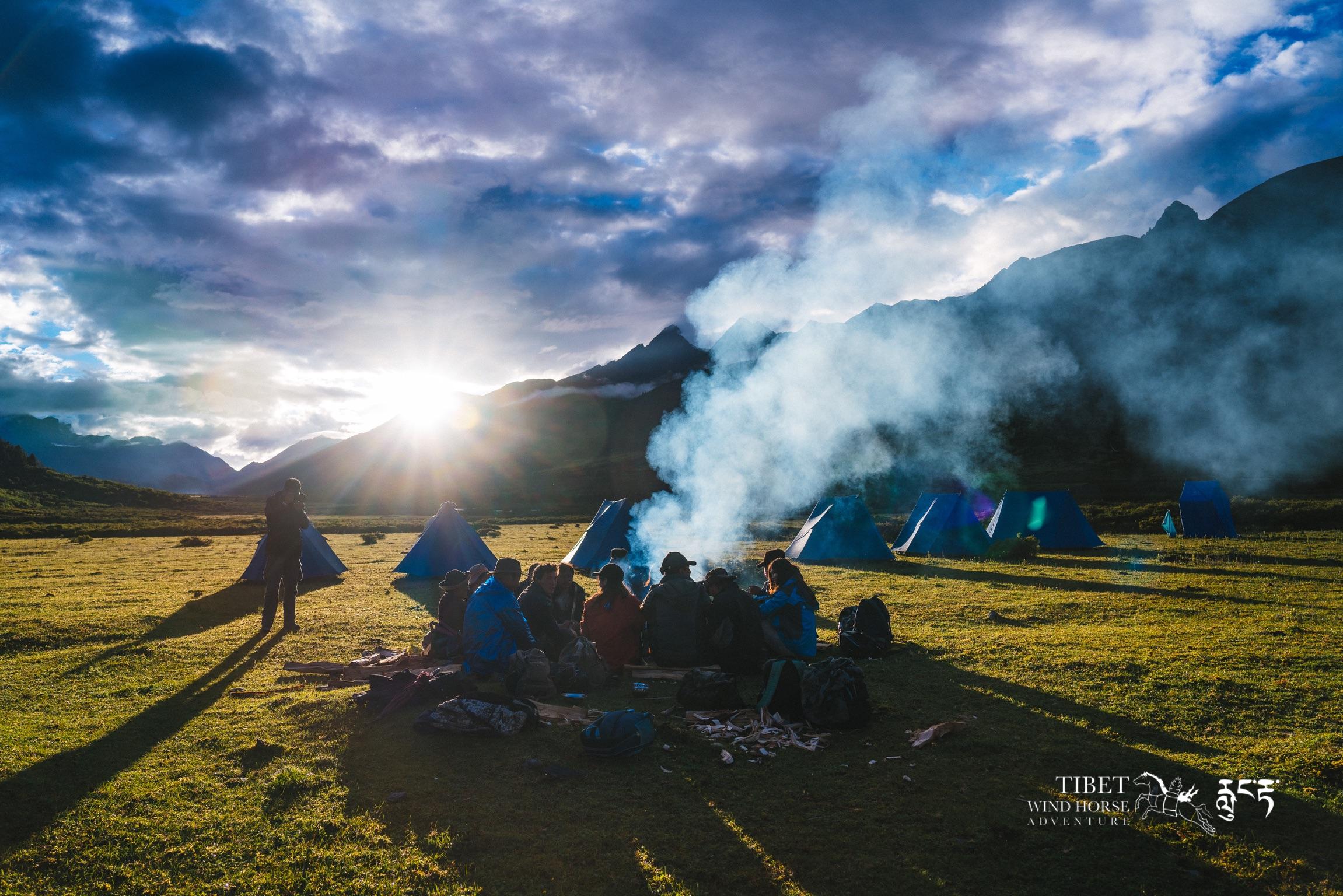
Ganden to Samye trek
After exploring the monastic complex we will walk a couple easy hours to our pre-set camp site in the valley beyond. The next day our trek involves a steady climb over a pass to the high altitude pastures only used by nomads in the summer months. We continue in these highlands through gentle hills and past remote lakes before crossing another pass and dropping into the sheltered valley of Yamalung. Finally we turn into the wide Tsangpo (Brahmaputra) valley and its rolling sand dunes. A full day at Samye, Tibet’s first monastery, will give us time to recoup or to visit the active retreat cave-complex of Chimphu.
We meet our vehicles again and cross the Yarlung Tsangpo to stay a final night in the comforts of Tsedang, the cradle of Tibet’s early kings. The next day it is an easy one-hour transfer to the Lhasa airport.
Mt. Chomokangar & Namtso Lake
We explore the pilgrimage site of Tashi Dor before driving back through the Nyenchen Thanglha range, over the Sugu La and close to the base of Chomokangar, a stunning peak just short of 7000m. We then spend the nest 3 days exploring the incredible alpine environment and views. If you only have a short amount of time and you want to get amongst glaciers, alpine lakes, yaks and pikas and experience camping out near yak herders piques your interest, this trip is a prfect choice.
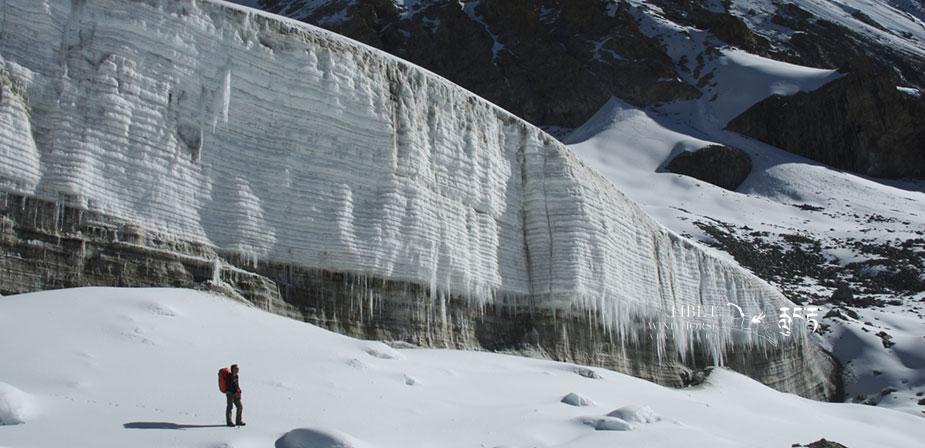
Nyingma and Kagyu Sacred Sites
The first days in will include visits to the important sites of Lhasa mentioned above (Major Monasteries).We will visit the impressive hilltop complex of Ganden before camping below the once-powerful Drigung Til monastery. This has now become an active retreat center for Kagyu practitioners and also runs the most important sky-burial site in Tibet. The nearby nunnery of Tidrum and its associated hot springs may be one of the most naturally powerful locations in Tibet. The complex is nestled at the base of soaring limestone cliffs in which Guru Rinpoche meditated for several years with his partner, the Tibetan princess Yeshe Tsogyal.
Our camping continues as we cross a pass and descend into the forested lands of Kongpo. The different clothing, architecture, and landscape of this area will be striking even to a first-time visitor. We will set our tents beside the jewel-like lake of Bagsum-tso, visit its tiny island temple and enjoy the forested alpine terrain. Another unusual stop will be at Buchu Lamaling, with a temple built as a model of Guru Rinpoche’s copper-colored paradise.
As we move upstream along a remote stretch of the Tsangpo river the landscape will gradually turn more arid and rugged. We will find our way up to the precipitous and rarely visited monastery of Dagla Gampo, one of the first and most important monasteries for the Kagyu school of Tibetan Buddhism.
Finally we will cross the soaring Phodrang pass back to Tsedang and Central Tibet (and a hotel with hot showers!) The next day it is an easy transfer to the Lhasa airport.
Overland Nepal to Lhasa
After crossing the heights of the plateau we will visit the massive Sakya monastery, the seat for one of Tibetan Buddhism’s four major schools (Nyingma, Kagyu, Sakya, and Geluk). This crucial monastery is almost ominous in its gigantic presence and is frequently bypassed in the rush to and from the border, but we think it should not be missed.
Shigatse is the biggest town in western Tibet and its grand Tashilhumpo monastery is the seat for the Panchen Rinpoche. We carry on directly to Lhasa on the 4th day so as to have plenty of time to visit the sites there (described in Major Monasteries). We will also be able to make a day excursion to Ganden monastery which sprawls upon a ridge-top above the Kyichu valley.
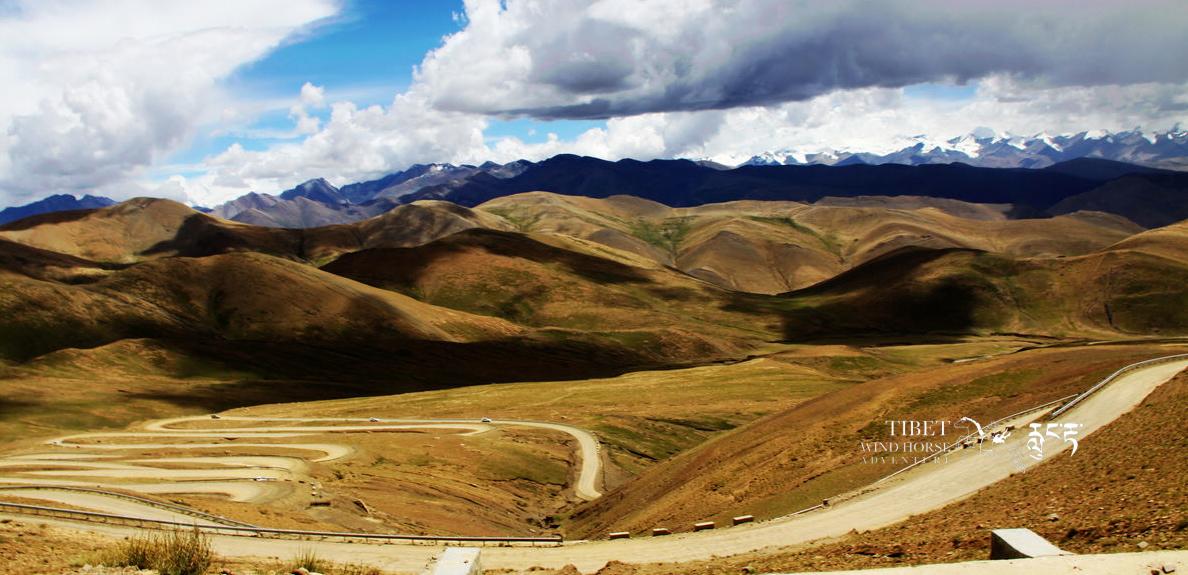
On the last day we will transfer the hour and half to Lhasa airport in time for flight departures.
Lakes and Mountains
We begin with the first few days in Lhasa as per the basic itineraries outlined above (Major Monasteries). Then we move to the famous retreat cliffs of Drak Yerpa and on to the monasteries of Taklung and Reting. Both of these were important religious and political centers in their heydey, but now are rarely visited and survive in strikingly beautiful and secluded valleys.
From Reting we head up to the Chang-tang, “Northern-plains” to camp beside the stunning lakeside retreat caves of Tashido. This site is perhaps one of the most dramatic in Tibet, with the vast lake stretching to the western horizon (they say it’s still possible to see dragons leaping out during thunder storms) and broad grasslands climbing south to the base of sacred Mount Nyenchen Thangla. During summer months this area is also a migratory stop for several species of birds, including the rare black-necked crane.
After Namtso we take an unusual back road to Shigatse and visit Yumdruling, one of the few active Bon-po monasteries in Central Tibet. From here we head straight to Mt. Everest and camp near the famous Rongbuk monastery at its base. The next day we will have time to make the walk up to base camp and re-visit the site of the famous Mallory expedition — a must for any mountain lover.
A final drive across the high Tingri plain and over our last pass with views of the Himalaya, appearing almost as if below us, will take us to Nyelam. From here it is a steep but short descent to the Nepal border the next day.
This route will take us through some interesting areas beyond the reach of the major monastic institutions. Namtso and its surroundings is known for its active nomad culture and spirit.
Mountain enthusiasts will also want to look into the history of this highest of mountains, Mt. Everest. There have been a series of articles leading up to the 50th anniversary of Norgay and Hilary’s summit ascent in Outsidemag.
Monasteries to Nepal
We will transfer directly to Tsedang from Lhasa airport so as to see the early sites of the Yarlung dynasty and the first Monastery of Tibet, Samye. Then we move on to Lhasa for three full days of sightseeing that will allow us the flexibility to make the visit up to Ganden or even to other smaller retreat sites or monasteries in the area.
On the 7th day we will commence the drive towards Nepal via the old road to Gyantse. The journey will cross five passes over 15,000 feet (4,500m), run alongside the sacred Yamdrak-tso, and give us time to visit the important monasteries of Gyantse, Shigatse and Sakya. Our final day in Tibet will run along the northern fringe of the high Himalaya with views of Everest before we plunge into the valley leading to Nepal. Please see the more detailed description of all these sites in the itineraries above (Major Monasteries).
The last night at Zhangmu will allow an early and easy transfer across the border and on to Kathmandu the next day.
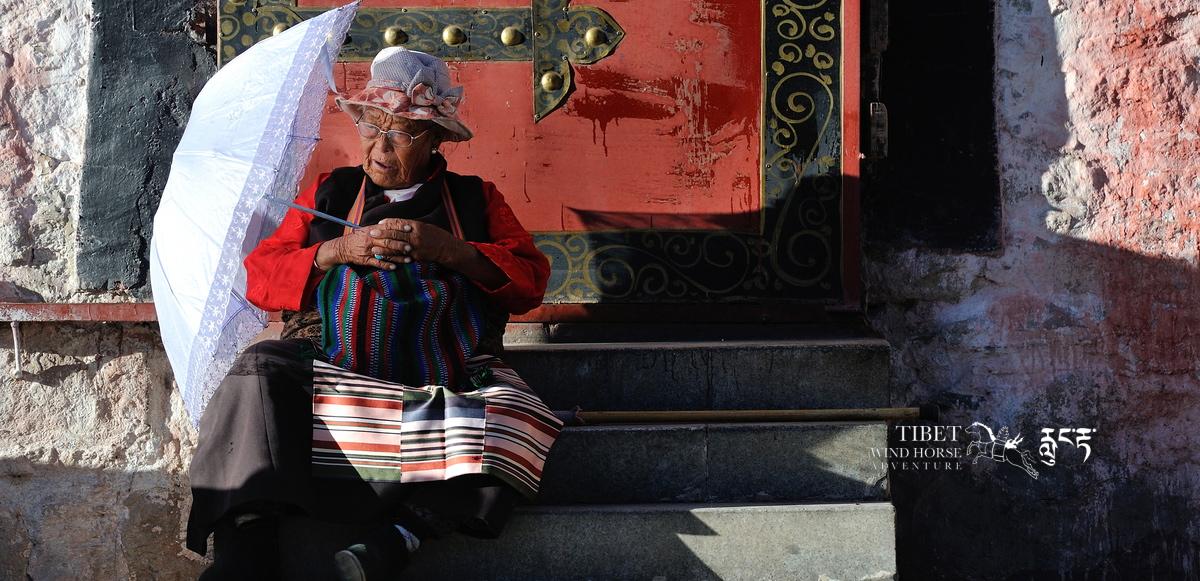
Tsurpu Monastery to Yangpachen Trek
Beginning at Tsurphu Monastery this rugged walk crosses several alpine valleys before emerging into the broad and windswept Yangpachen valley. This is a high elevation trek exceeding 4400m for the entire duration and a maximum elevation of 5300m at the Lasar-la. Combining alpine tundra and sweeping mountain panoramas with visits to monasteries and a nunnery, this trek nicely balances cultural and wilderness activities.
